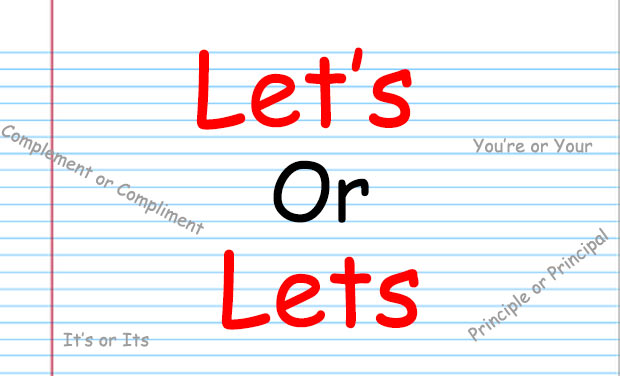
Let’s or Lets
It is very common for English language learners or native English speakers to get confused with when to use ” Let’s” and when to write “Lets”. However it’s actually quite simple. Let’s is a contraction of “let us.” You use it to make suggestions about what you and someone else should do. Let’s go to the movies. Let’s invite Mom. Lets is the third-person singular present tense form of verb let, which means to allow or give permission. She lets the dog out every morning.
Let’s occurs more frequently in colloquial speech and writing: Let’s go, Tigers! Let’s forget this ever happened.
Lets (without the apostrophe) is the third-person singular form of the verb let, which means to allow, release, or leave. You can say that your friend “lets you borrow his class notes” or a neighbor “lets her dog run freely.”
Sometimes you’ll see redundancy with the use of let’s: Let’s you and me get out of here. This, of course, literally means, “Let us you and me get out of here.” If “you and me” is treated as an aside here, it can function to elaborate on the subject for emphasis and clarification. However, if not treated as an aside, the above example would be considered nonstandard English.
Homophones are a common cause of grammar mistakes. Here are some more commonly confused homophones.

Affect/Effect
Use affect to indicate influence: The medicine did not affect her the way the doctor had hoped.
Use effect as a noun: The new medicine had negative side effects. (Note: effect can sometimes be used as a verb meaning to cause/achieve or to bring about – as in “The magician effected his escape with a false door” – but this is mostly a technical term
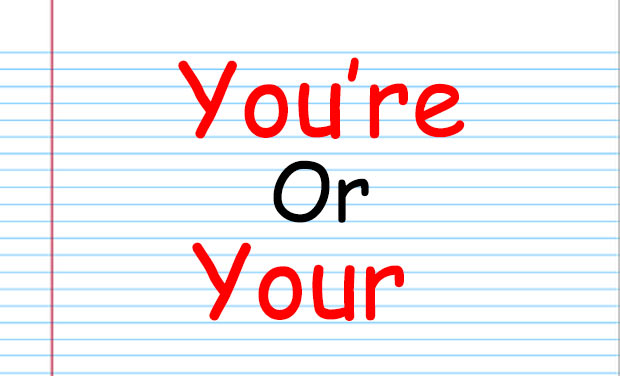
You’re/ Your
You’re is a contraction for you are.
You’re going to absolutely love this new recipe.
Your is a pronoun.
Please bring your books to class with you tomorrow.
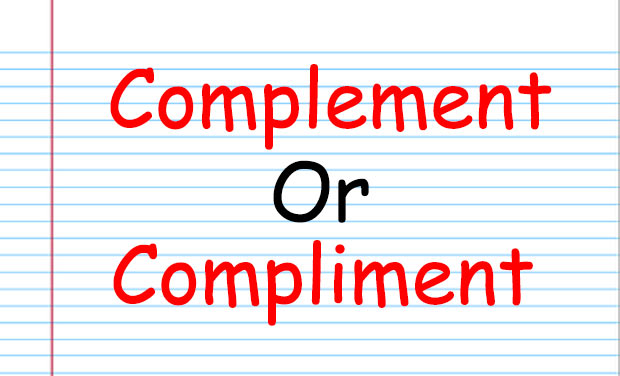
Complement/Compliment
Use complement when referring to something that enhances or completes: The cranberry sauce is a perfect complement to the turkey dinner.
Use compliment as an expression of praise: I was pleased to have received so many compliments on my new dress and shoes today.

Lie or Lay
Use lie to indicate the act of reclining: I am tired just watching the dog lie in the warm sunlight.
Use lay to indicate the placement of something: Please lay the paper on the table.
Lay is a transitive verb, which means it always needs an object! Something is always being put down; lie, on the other hand, will never have an object because it is an intransitive verb.
You must play this Brain Game – Fire Ball Sort
This Brain Game helps in brain development. There are over 100 levels in this game. The levels will be harder as you progress.
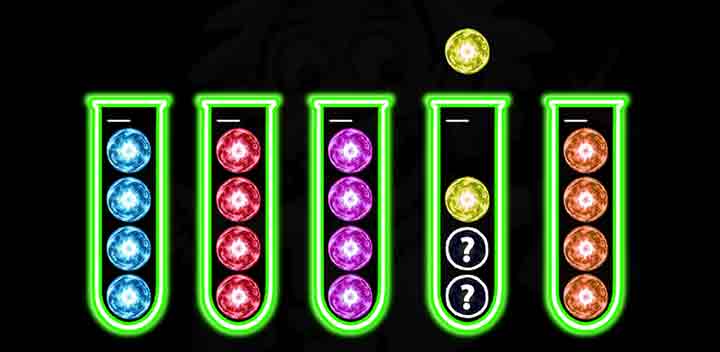
Install the app now from playstore

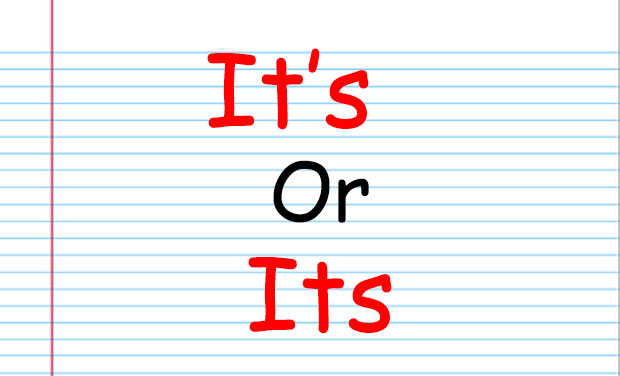
It’s or Its
It’s is the contraction for it is.
Another example, It’s raining today, so the baseball game will be cancelled.
Its is the possessive form (“possessive” means belongs to) of it.
The cat is licking its paws.
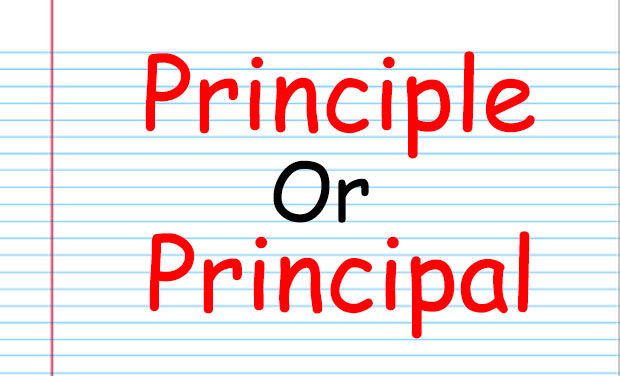
Principle/Principal
Use principle as a noun meaning a basic truth or law: Many important life principles are learned in kindergarten.
Make use of principal as a noun meaning the head of a school or organization, or a sum of money: The principal is a well-respected member of the community because of the hard work and effort she puts forth in her position.

Capital or Capitol
Use capital when referring to a city, a wealth or resources, or an uppercase letter: The capital of Maryland is the gorgeous city of Annapolis.
Write capitol when referring to a building where lawmakers meet: The capitol has undergone extensive renovations this year.